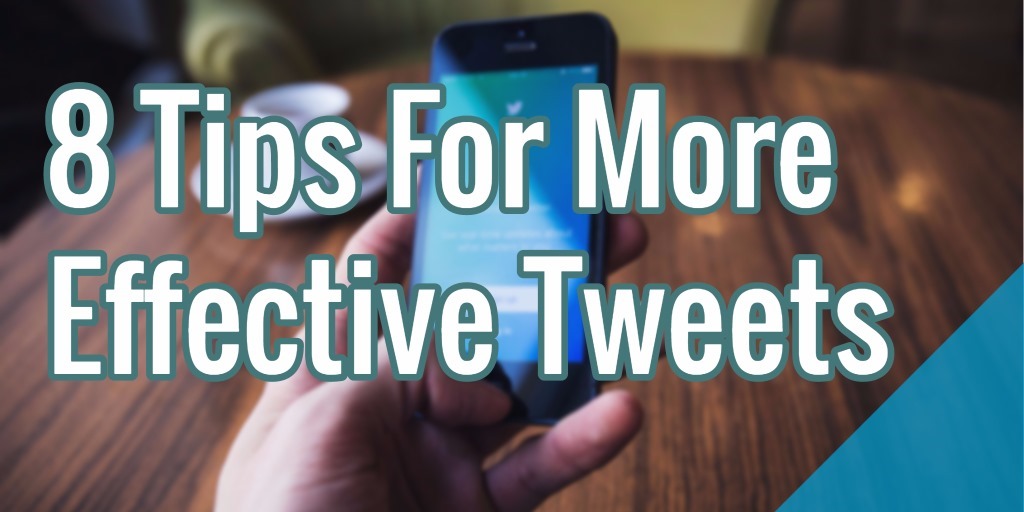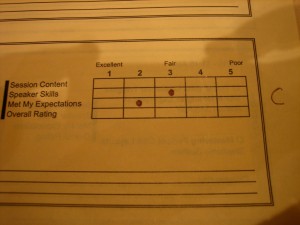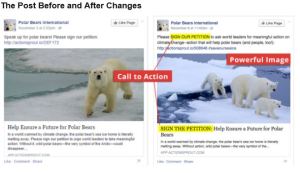
Is there an art to effective tweeting? Communicating in 140 characters is not easy. How do online publishers attract, in bite-sized morsels, new visitors? How does one get new visitors to spend more time on your site and encourage them to return frequently? Here are eight tips you can use to get more from your Twitter presence:
Be yourself
Reflect the personality of your publication, your brand, but also try to reflect something resembling a human personality. “The most important thing about any type of corporate communications is the authenticity of your communicator,” writes Liza Sabater of CultureKitchen, who has been blogging 7 years (Twitter Followers: 27,635), writing and publishing online for over 14.
So many brands come off as robotic on Twitter, the opposite of the intended effect. Even the most serious journals of opinion realize that in 140 characters one cannot make a serious philosophical argument. There is a time and place for serious debate for or against the present administration or financial regulation and can be made via click thrus. There is also a time to be light, to make pithy comments about issues of interest to other followers within ones niche and to generally let ones hair down. Welcome to Twitter.
Don’t be mercenary
People or publications who exclusively tweet links to their sites are boring and, worse, spammy. We tend to avoid these brands. Even if you are consistently linking to the most thoughtful and informative articles in the world it will ultimately come off as link dumping. Yes, getting links to stories you are publishing is vitally important, but it cannot be your whole Twitter persona. Mix things up a little.
Be Informative
Sharing relevant links done by other publications, for example, is informative. “I work diligently to provide real value for my followers on Twitter,” said John Fitt, founder of Healthdaddy “People do not follow me for humor. I’ll leave that up to Steven Colbert. I’d rather be known for thought provoking and useful tweets. Know your audience. Be consistent with the image you are trying to project. But don’t be humorless!”
Be Funny
There is a place for humor on Twitter. “I’d say I’m very 50/50 but as I peek right now, I probably have more propensity to fire the funny ones off ‘more often,'” tweeted Tom Biro (Twitter followers; 5,043), an avid tweeter and PR guy for Allison & Partners. “Though I’m a big fan of information ranging from breaking news and so forth … so I might work both ways.”
While there is definitely something to be said for the direct headline that gets to the heart of the matter, funny tweets tend to get re-tweeted more often. David Carr, the Media Equation columnist at The New York Times, is a very funny tweeter and yet he always manages to slip his link in there. And Felix Salmon (Twitter Followers: 172k), the respected finance blogger at Reuters, recently told me in a tweet that he’d be more likely to retweet something funny than something informative.
Do ask contributors to link from their individual twitter accounts
It is not uncommon nowadays for contributors, many of whom are social media early adopters, to have nearly as many Twitter followers — or even more — than the actual publication to which they contribute. Ana Marie Cox, the Washington Correspondent at GQ, has 1.3 million Twitter Followers while GQ has 900,698. It doesn’t hurt for publishers to gently nudge said contributor and remind them that it is in your mutual self-interest to promote work and stir up some link love, or at least a retweet every so often.
Follow Friday is your friend
Although #FF has lost some of its initial glamour, it is still an effective way to promote your brand. Each Twitter user has, to some degree or other, a reputation among his or her followers. A Follow Friday from a reputable tweeter is a personal or brand recommendation, not unlike “merite un visite’ in the Michelin Guide.
Also: Keeping in mind Tip #2 (Don’t Be Mercenary), it would be best to avoid #FFing only the big dogs in the Twittersphere. Corollary: Do not eschew the hashtag; starting conversation via # is good.
Ask questions
Questioning tweets — like polls — can attract click throughs and conversation — the Holy Grail of Tweets. At the very least well asked questions allow publishers to engage the community and feel out where readers are on particular issues from their answers.
Be Regular
You’d be surprised how quickly a tweeter can be forgotten or rendered irrelevant. Things move fast in social media world. Romenesko (Twitter Followers: 126k) is very good at keeping a steady flow of tweets coming throughout the business hours. That intoxicating steady drip of pertinent information particular to publishing and media is quite addictive. Effective tweets that are regular and targeted to one’s particular niche have real value and are thus addictive (in a good way).
* Adapted lead image: Public Domain, pixabay.com via getstencil.com
8 Tips for More Effective Tweets
The post 8 Tips for More Effective Tweets appeared first on Search Engine People Blog.
(59)
Report Post






